How do you do a longitudinal massage stroke when your shoulder hurts?
- Pick a side, lean and start gliding with fingers, thumbs, knuckles, fists, elbows or forearms.
- Pause when your it becomes harder to keep consistent pressure through leaning only.
- Move your feet.
- Start gliding until you lose your mechanical advantage again.
- Rinse and repeat.
Okay, that seems easy enough, right? But before you attempt this strategy you need to know something.
You’re going to have to break an unwritten, massage rule.
Hey, I’m not a rule-breaker by nature. I get that rules are important. They keep societies together.
However, some rules are bad or don’t serve a useful purpose any longer.
In relaxation massage we have a doozy. It is in order for a stroke to be relaxing, it must be continuous (no stopping and starting).
If you’re having shoulder and neck pain, take a look to see if you’re following this rule.
It could be making things worse.
Following the Rule
I was taught that an uninterrupted stroke (e.g., gliding from the upper back to the lower back without stopping) is super relaxing to the client.
I was double convinced when it was my turn to be on the table. Continuous strokes felt incredibly relaxing!
And that’s how I did my relaxation massage for about 15 years.
Pain Made Me Stop
But then I noticed that my chronic shoulder condition would act up when I stood at the head of the table and glided with both hands from shoulders to the base of the sacrum.
Oddly, even though I knew this move hurt me, I continued to do it for a couple more years.
Hey, what can I say, rules are hard to break once they’re ingrained.
Eventually though, as the frequency of pain episodes increased, I stopped doing the move and miraculously (lol) my shoulder stopped troubling me.
Back to Following the Rule Again
But old Marky couldn’t let it go.
I went back to doing a longitudinal massage stroke in one, long swoop but with a twist.
Instead of standing at the head of the table, I now picked a side and did a continuous stroke (upper back to sacrum) using knuckles and a fist braced together.
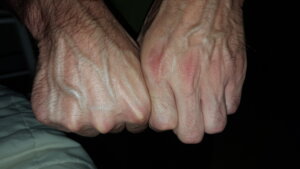
That worked.
Well, actually it only worked for a short while, but then my other shoulder started to bother me—especially when doing deeper work.
Son of a B.
I Broke a Massage Rule and I Liked It
Alright, there had to be a takeaway here.
And there was.
I noticed that in both cases, when doing the old, longitudinal massage stroke at the head of the massage table and the new, longitudinal stroke at the side of the table, shoulder pain occurred when I started to extend my shoulder (when my elbow and shoulder joint were not stacked over top of each other).
In order to NOT do this, I needed to move my feet.
But if I moved my feet during the stroke, I would have to stop my stroke so that I could balance myself as I shifted my weight—and I would break the continuous stroke rule.
Ruh-roh.
Waiting for the Lightning Bolt
Believe me, I approached breaking this rule cautiously because I was sure that clients were going to walk.
First, I did a quick pause while doing a longitudinal massage stroke on an unsuspecting client and I didn’t get a reaction.
Okay, so on the next client I did two pauses in a stroke and held them longer than my maiden pause.
Guess what?
All good.
Hmm…how far could I take this?
Well, I started to experiment with pausing doing a single, longitudinal massage stroke as many times as I needed (sometimes 5 or 6 times during a longitudinal back stroke) to stay in good form.
Again, I didn’t lose a client—and my shoulders felt great because now I could move my feet so that I could get in the best position to deliver pressure while gliding.
I tested the pause stroke out on MTs and got the same reaction. Both the continuous and the pause stroke were relaxing.
What Gives?
So, if it wasn’t the continuous movement of a stroke that made the client relax, what did?
I don’t know for sure, but my guess is that it has to do with pressure.
If the pressure is the same during the glide phase as it is during the non-glide (pause) phase, then the person on the table is probably less likely to notice or care that I’m pausing.
Additionally, pressure seems to override stroke in this way: A client is more likely to put up with most any stroke if the pressure is spot on for relaxation.
However, I don’t think the fanciest stroke in the world would ever cancel out pressure that is NOT relaxing to the client.
Alright, enough wondering why, let’s get this show on the road.
Here’s the step-by-step for pausing when doing a longitudinal massage stroke.
How to Do a Longitudinal Massage Stroke with Pausing
1. Pick a side.
This is going to seem weird enough if you do most of your back strokes from the head of the table. But trust me working from one side allows you to stack your joints which will make your shoulders feel happy.
Now, which body part are you going to massage with? Your fingers, thumbs, knuckles, fists, elbows or forearms?
Picking a side gives you a lot of options to experiment with so that you can find the best one for your shoulder.
Now, lean and then start to glide.
2. Pause when it becomes harder to keep consistent pressure through leaning only.
Yes, your massage stroke is going to be short, but have no fear it will feel like a continuous stroke if you maintain the same pressure throughout each short movement.
3. Move your feet.
As you’re moving your feet to get in position to continue your stroke maintain the same pressure on the client.
This video will help you out with that.
4. Start gliding until you start losing your mechanical advantage again.
You won’t go far before you feel that it’s becoming harder to maintain a consistent pressure without putting stress into your shoulder(s), especially when doing deep pressure. Then you’ll need to…
5. Rinse and repeat.
I call this rinsing and repeating process Short Stroke Massage. You can can read more about there here: How to Do Short Stroke Massage.
Rethinking How You Do Massage
So, what do you think?
Remember, I’m not asking you to give up the awesome, longitudinal massage stroke if your shoulder hurts.
I’m simply asking you to rethink how you do it.
Find a way that works for you.
Pausing so that I can re-position my feet and continue the stroke with good alignment from shoulder to elbow to wrist works for me.
When I do this I’m forced to slow down because pausing and shuffling my feet take time.
That extra slowness makes the stroke even more relaxing in my book.
At this point I want to mention that I have an online, home-study “how to massage pain-free” course.
It’s a 3 CEU course that has the strategies and techniques (like short-stroke massage) that enabled me to do more massages a day at 55+ than I could at 35.
Check it out here: How to Deliver Deep Pressure Without Hurting Yourself.
So, what do you say, ready to break a rule?
The continuous stroke rule gave you structure to work within when you first started massage, but when you mix in “taking care of your body” as you rack up the massages, it’s a rule that can hurt you.
It’s time to think: How can I get the job done (make the client feel great) without hurting my body?
And that’s when a rule should be challenged.
Oh, one more thing. 
Substitute “life” for “massage” when talking about rules.
What happens?
Right, some of those life rules are probably holding you back, too.
If you’re ready to break some rules (aka, habits that aren’t working for you), sign up for my free, info-sent-weekly, email group below.
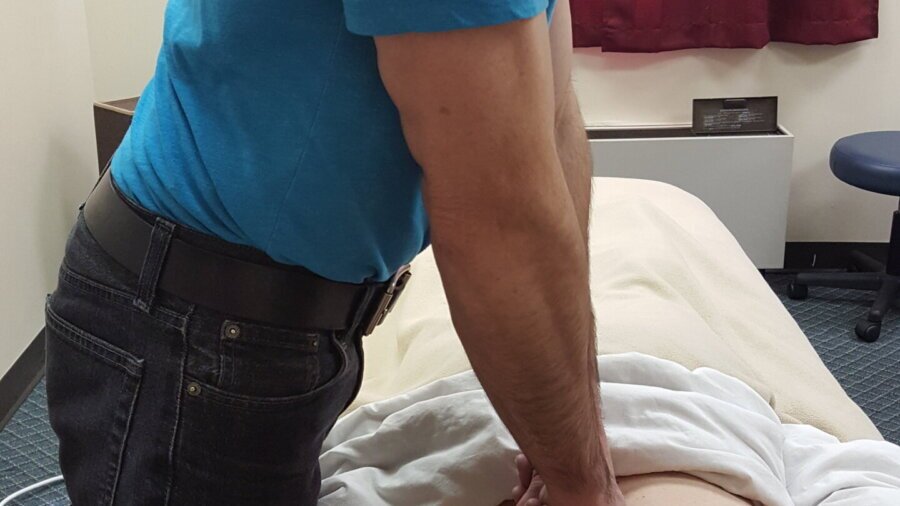


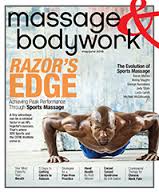
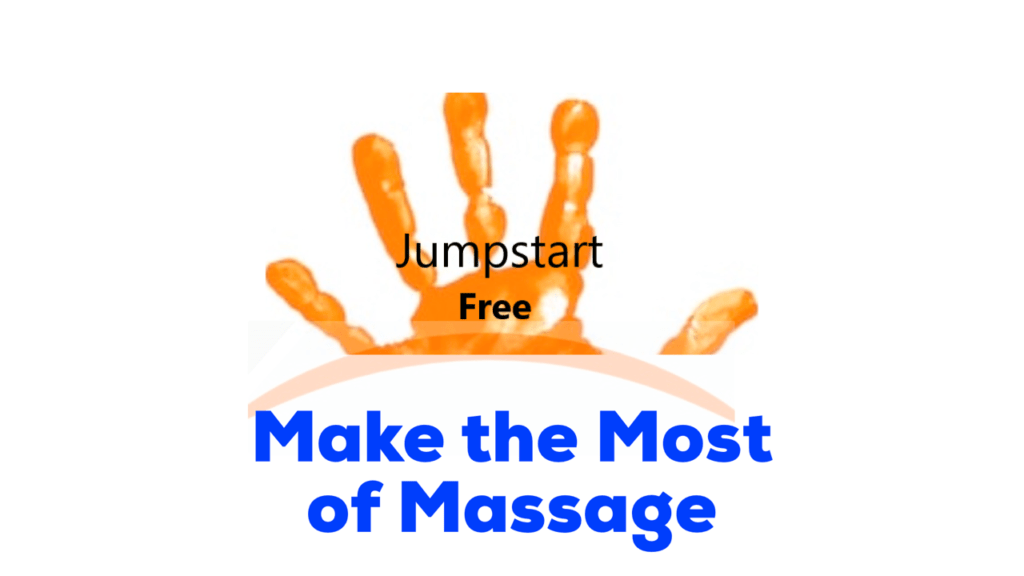

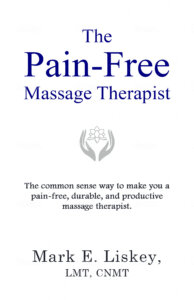
Comments on this entry are closed.